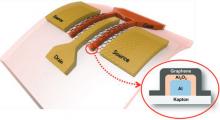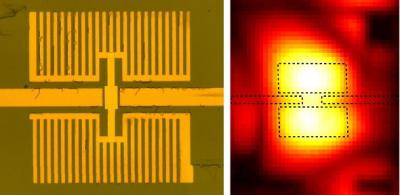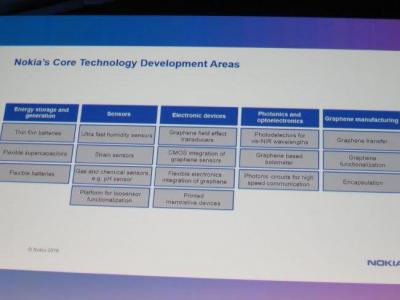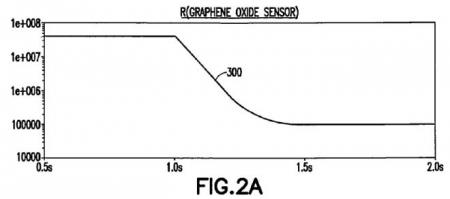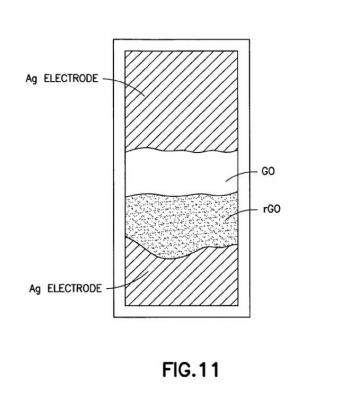Graphene shows promise for high-speed optical communications
Researchers affiliated with the Graphene Flagship have demonstrated novel high-speed graphene-based data communication at a data rate of 50 Gb/s. Integrating graphene sheets into silicon photonics could form the basis for next-generation data communications.
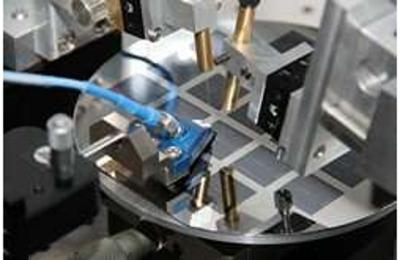
The project was a collaboration between Flagship partners AMO GmbH (Germany), the National Inter-University Consortium for Telecommunications (CNIT) (Italy), Ericsson (Sweden), Ghent University (Belgium), the Institute of Photonic Sciences (ICFO) (Spain), imec (Belgium), Nokia (Germany and Italy), the Vienna University of Technology (TU Wien) (Austria) and the University of Cambridge (UK).

